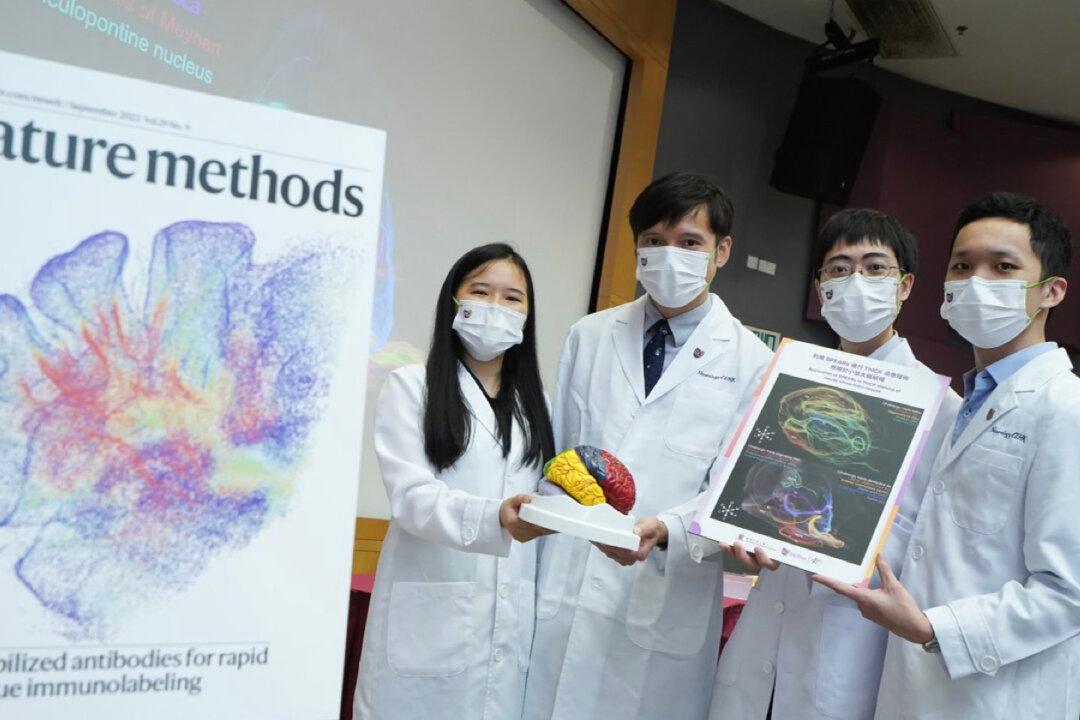The technique of visualizing the 3D structure of the brain’s biological tissues is particularly important for understanding the pathological process of neurological diseases, such as, Parkinson’s and Alzheimer’s. However, the current technology which can fully visualize the brain structure is not widely used and is costly.
A team at the Margaret K.L. Cheung Research Centre for Management of Parkinsonism of the Chinese University of Hong Kong (CUHK), has developed a 3D immunostaining technique—ThICK (thermal immunohistochemistry with optimised kinetics) staining technology, which can produce stabilized antibodies for rapid labeling and imaging of molecules in biological tissue, and deeply visualize their 3D structure. The research findings were published as the cover story in the latest issue of Nature Methods, an international scientific journal.




